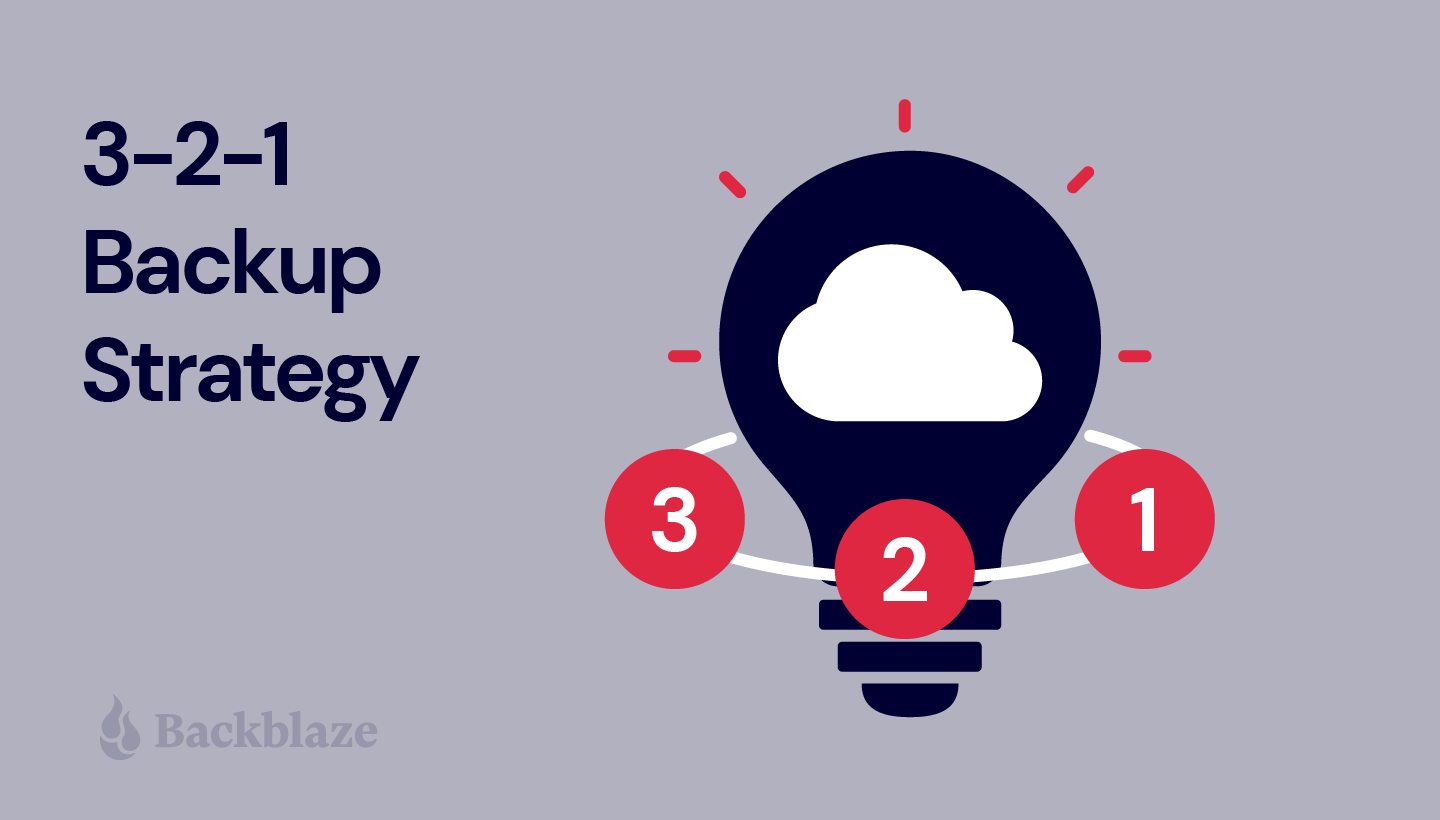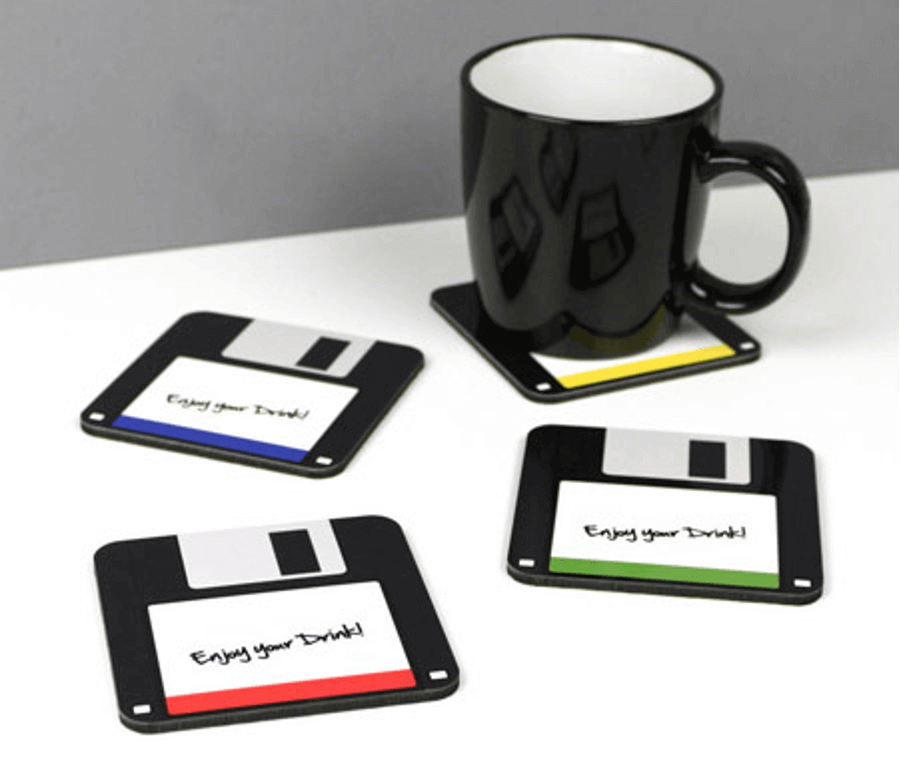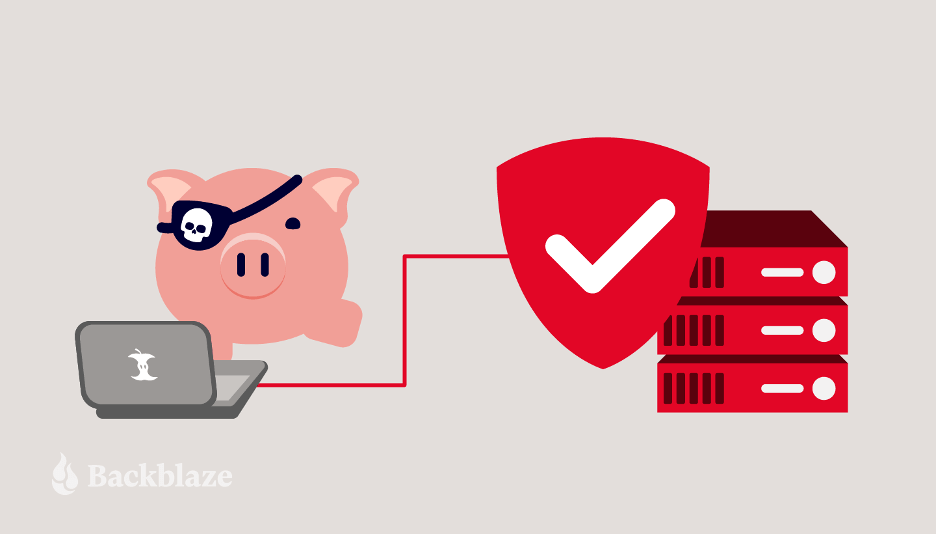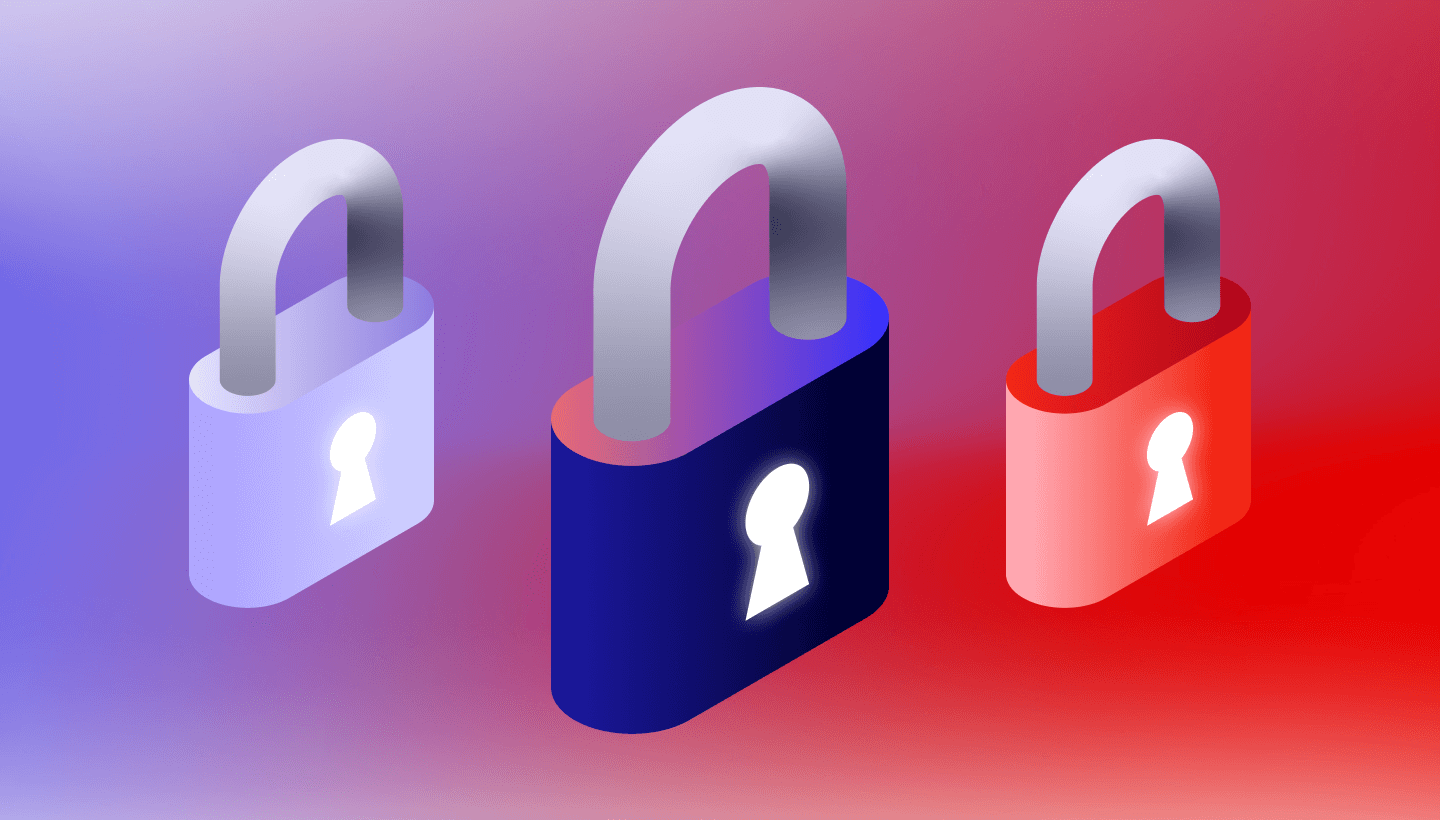
A lot has changed since the 3-2-1 backup rule was first introduced in the late aughts. At the time, the iPad was just a glimmer in Apple’s eye. Facebook had a quaint 500 million users. Taylor Swift had only released two albums. Blockbuster Video still existed, and Netflix shipped DVDs to your door.
Unlike most things in technology, the rule has held up over the years. It’s still the de facto standard for keeping your data safe. But some of the particular best practices have evolved as data storage has changed. Today, I’ll explain the 3-2-1 rule, what’s changed, and how you can easily achieve a 3-2-1 backup to keep your data safe and protected.
What Is the 3-2-1 Backup Rule?
The 3-2-1 backup rule is a simple, effective strategy for keeping your data safe. It advises that you keep three copies of your data on two different media with one copy off-site. Let’s break that down:
- Three copies of your data: Your three copies include your original or production data plus two more copies.
- On two different media: You should store your data on two different forms of media. This means something different today than it did in the late 2000s. I’ll talk a little more about this in a bit.
- One copy off-site: You should keep one copy of your data off-site in a remote location, ideally more than a few miles away from your other two copies.
If you want to protect your personal information, photos, work files, or other important data, the 3-2-1 backup strategy is the way to go. It helps you avoid having a single point of failure that’s vulnerable to human error, hard drive crashes, theft, natural disasters, or ransomware.
How Does the 3-2-1 Backup Rule Work?
Let’s say you took a picture of your social security card for your tax accountant years ago—that file is called “socialsecurity.jpg” and it lives on your computer at home. That’s the first “copy” of your data.
You also have an external hard drive at home, used to back up your go-to Mac or gaming PC. That external hard drive will back up socialsecurity.jpg as part of its backup process. That’s a second copy on a different device or medium.
In addition to that external hard drive, you also have an online backup solution (we recommend Backblaze; go figure!). The online backup continuously scans your computer and uploads your data to the cloud (which, in layman’s terms, is an off-site data center). Socialsecurity.jpg is included in this upload, becoming the third copy of your data.
Oh! And, your paper social security card is hopefully stored in a fire-proof safe (not your wallet) as a bonus.
What’s Changed About the 3-2-1 Backup Strategy?
When the 3-2-1 rule was first introduced, there were a lot more types of media to choose from when storing your data—the humble floppy disk, CDs, Blu-ray discs, USB sticks, external hard disk drives (HDD), solid state drives (SSD), network attached storage (NAS), tape libraries, etc. Some of those have fallen out of favor (CDs and DVDs, I’m looking at you).

Some types of media are not practical or affordable for a typical home computer user looking to back up their data (tape libraries, for example). Some of the technologies were prohibitively expensive back then, but are much more affordable now (SSDs). And one big one wasn’t mainstream yet: The Cloud™ (you might have heard it referred to as “other people’s computers”). So, what does this mean for the 3-2-1 backup strategy? Do you still need to keep your data on two different media?
Two Different Media, Really?
The short answer is: yes, but no. Today, you don’t need to keep your data on two different types of media, but you do need to keep your data on two different devices.
The long answer is a bit more complicated. There are a couple reasons folks recommended keeping your data on two different types of media in the first place. One, it protects you from one of those forms of media becoming obsolete in the face of new storage technology (still looking at you, CDs) and your data becoming unreadable. And two, it’s wise to keep your backup copy on a separate device so that a hardware failure doesn’t take out both local copies. For example, if your computer all of the sudden doesn’t want to hold a charge, you can still recover data from your hard drive.
While obsolescence is always a concern, the advent of cloud storage for backups all but eliminates it. The cloud service provider is responsible for maintaining the physical storage devices and keeping your data accessible at all times. So, if you use a cloud backup service, you only need to worry about keeping your data on two devices, not two separate kinds of media. What does that look like?
The Easiest 3-2-1 Backup
If you back up your home computer to an external hard drive and back both of those devices up to the cloud using something like Backblaze Computer Backup, congratulations: You have achieved a 3-2-1 backup.
- You have three copies of your data: One on your computer, one on your hard drive, and one in the cloud.
- You store your data on two different devices: Your computer and your external hard drive. (Technically, three devices, since your data is also stored in the cloud).
- One of those copies is off-site: The cloud copy.
Is the 3-2-1 Strategy Still the Standard?
If you aren’t backing up at all, achieving a 3-2-1 backup strategy is still the best thing you can do to protect your data. But, the 3-2-1 rule is becoming more of a starting point rather than the finish line in today’s world.
The rise in ransomware attacks calls for strengthening the basic principles of the 3-2-1 strategy—redundancy, geographic distance, and access—with added protections. Cybercrimes targeting networked machines and capturing all data, including backups, is a growing problem.

New versions of the tried-and-true backup strategy have emerged, such as the 3-2-1-1-0 or 4-3-2 backups. Sounds like overkill? It isn’t. The good news is that companies like Backblaze exist to make at least the off-site component less stressful—we do the work and keep up with security best practices for you.
Why Do I Need Both an On-Site and an Off-Site Backup?
Whether you are interested in backing up a Mac or a PC, an on-site backup is a simple way to access your data quickly should anything happen to your computer. If your laptop or desktop’s hard drive crashes, and you have an up-to-date external hard drive available, you can quickly get most of your data back or use the external drive on another computer while yours gets fixed or replaced. If you remember to keep that external hard drive fairly up to date, the exposure for data loss is negligible, as you might only lose the uncopied files on your laptop. Most external hard drives even come with software to ensure they’re readily updated.
Having an on-site backup is a great start, but having an off-site backup is a key component in having a complete backup strategy, including cloud storage. The newer backup strategies build on the cloud’s strengths:
- Convenience: Backing up large volumes of data in the cloud is fast.
- Durability and reliability: Your data is protected against fires, natural disasters, and more.
- Collaboration: Sharing with permissions is intuitive and effortless in the cloud.
Is the 3-2-1 Backup Rule Perfect?
There is no such thing as a perfect backup system, but the 3-2-1 approach is a great start for most people and businesses. Even the United States government recommends this approach. In a 2012 paper for the United States Computer Emergency Readiness Team (US-CERT), Carnegie Mellon recommended the 3-2-1 method in their publication: Data Backup Options.
Backing Up Is the Best Insurance
The 3-2-1 plan is great for getting your files backed up. If you view the strategy like an insurance policy, you want one that provides the coverage needed should the unthinkable happen. Service also matters; having a local, off-site, and offline backup gives you more options for backup recovery.
Backblaze Backup in 3-2-1…
While Backblaze can’t help with power outages, computer encryption, or anti-theft technologies (though we can locate a computer), we can help make backing up your files a no-brainer. And (at least to our most recent survey) with only 11% of respondents who own a computer backing up daily, folks need the help!
Getting started with Computer Backup for your personal or business computers helps take care of that crucial “1” in your complete 3-2-1 backup strategy. And, with our included one year Version History feature (or Forever Version History if you want to upgrade), you have additional layers of protection should anything happen to your physical devices.




